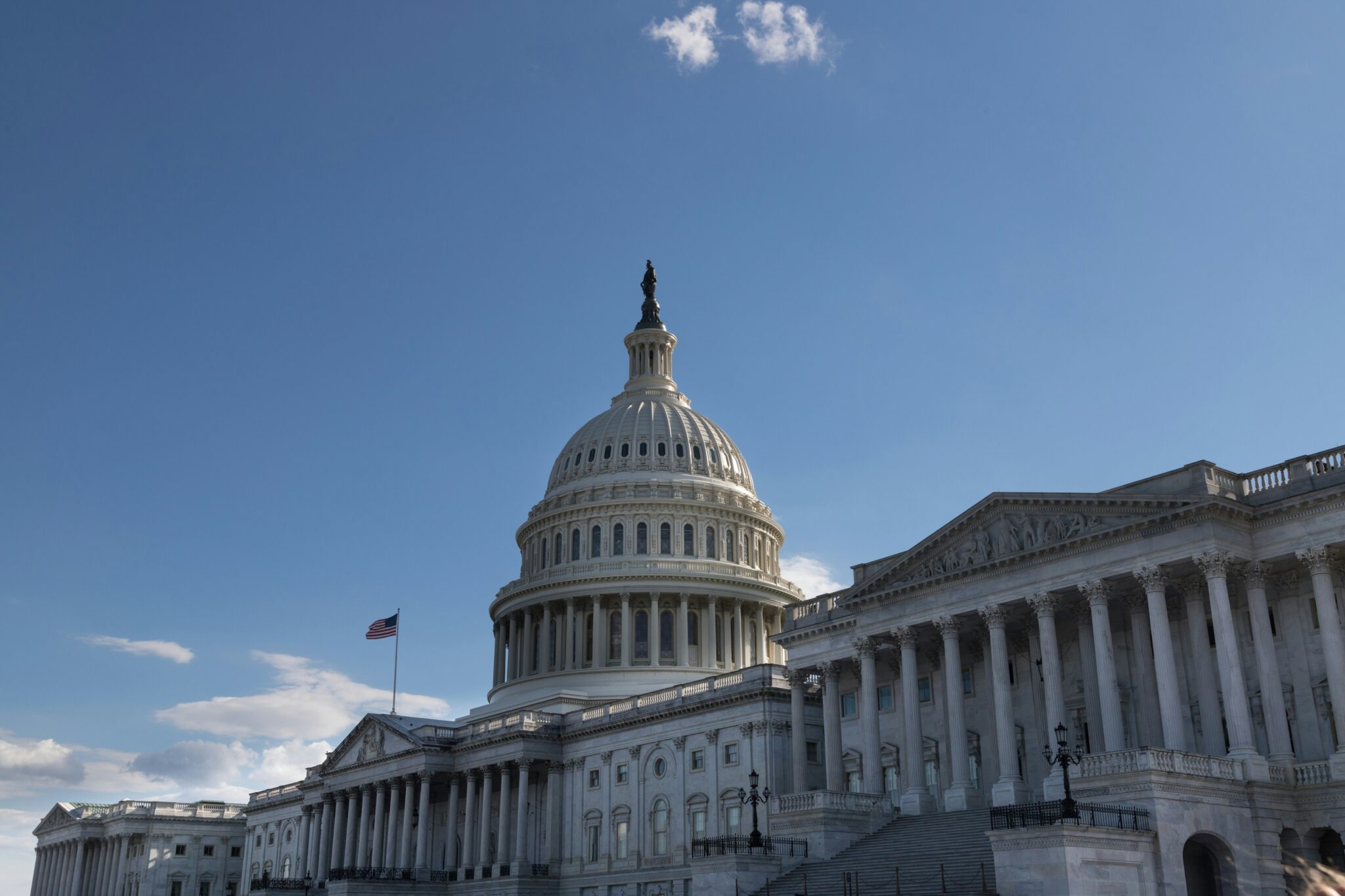On May 30, President Barack Obama declared parts of Texas a disaster area from the recent flooding. A disaster declaration comes after a request from the respective governor and the meeting of certain loss triggers. The declaration allows federal assistance to come from the Disaster Relief Fund in the forms of grants to individuals and cost-shared assistance to the affected states and localities.
While the relief fund normally has billions of dollars available for especially large and devastating disasters (such as Hurricanes Katrina and Sandy), Congress may make additional federal spending available through emergency supplemental appropriations to other federal agencies. We'll see what happens in Texas.
As I have pointed out before, too often federal disaster relief helps areas simply restore the status quo from before the disaster, putting people and property back in harm's way. However, there's now an executive order from the president that seeks to change that. In fact, it will change the way the federal government invests across the board, not just post-disaster.
Building on an existing executive order from 1977, the order Obama signed in January would establish a Federal Flood Risk Management Standard. In a nutshell, it would require federal investments in new construction or major rehabilitation to be at least two feet above the base flood elevation (the level where a flood has a 1 percent chance occurring in a given year, also known as the 100-year floodplain). There are a couple other possible standards, but this is the most likely one. This wouldn't just apply to Uncle Sam building a federal office building; once the order is in effect, it would also apply to federal contributions to, for instance, rebuilding in Texas. There are provisions to exempt certain actions for national security or emergency response (such as emergency repairs) or cases where the federal investment has to be in the floodplain (such as piers for Naval vessels).
Like many federal actions (and executive orders in particular) there has been a lot of hullaballoo and misinformation out there. But from my perspective, federal taxpayers have a right to be sure that their tax dollars are going to be invested wisely and that means not building in a floodplain where there's a 1 percent chance of flooding every single year. If people or towns don't want to follow those rules, there's a simple solution: Don't take the cash. But in reality, many communities and states already have standards such as this on the books. Maybe that's because they make sense.
Photo credit: marnanel via flickr










